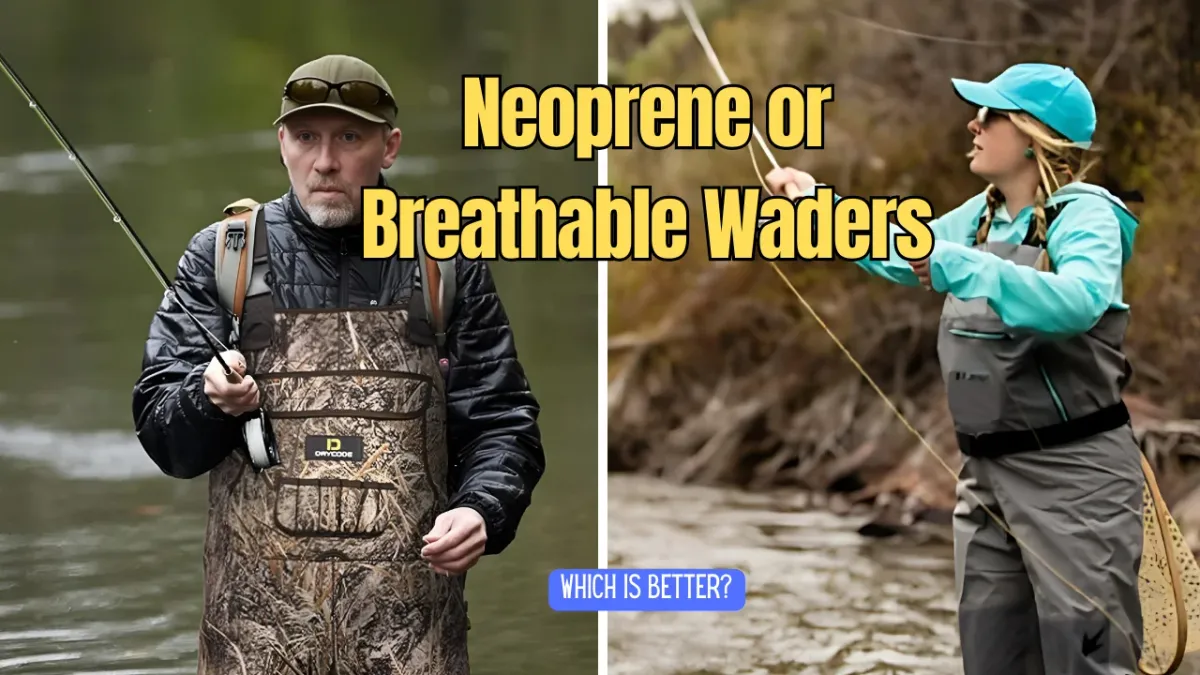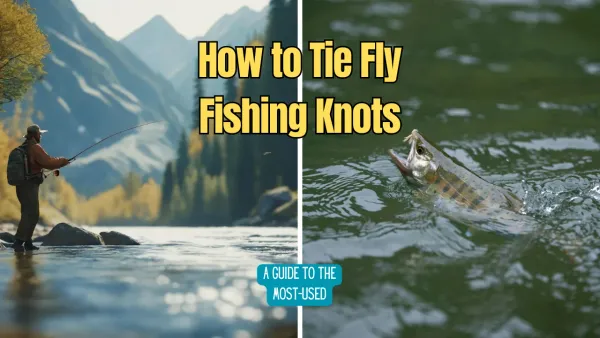I Want Waders That Last
When it comes to fishing, having the right gear can make or break your experience. One of the most critical pieces of equipment for anglers is a good pair of waders. But with so many options available, how do you determine what is the most durable material for waders? This article dives deep into the world of waders, exploring the best materials, types, and features to help you make an informed decision on the best waders for you.
Key Takeaways:
- Neoprene and Breathable Fabrics: Neoprene waders are ideal for cold weather, while breathable waders are perfect for warmer climates.
- Durability and Comfort: The most durable waders balance toughness with comfort, ensuring longevity and ease of use.
- Choosing the Right Waders: Factors like fishing environment, weather conditions, and personal preferences play a crucial role in selecting the best waders.
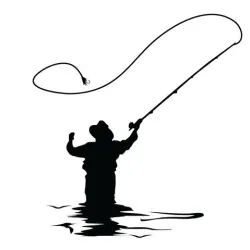
Understanding Wader Materials
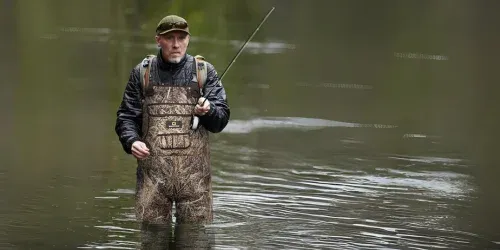
Neoprene Waders
Neoprene waders are a popular choice among anglers, especially for cold weather conditions. Neoprene is a synthetic rubber that provides excellent insulation, keeping your body heat intact even in freezing waters. These waders come in different thicknesses, typically ranging from 3mm to 5mm, allowing you to choose the level of insulation you need.
However, neoprene waders can be bulky and less breathable, making them less suitable for warmer weather. Despite this, their durability and insulation properties make them a favorite for many anglers, particularly those who fish in cold rivers or during the winter months.
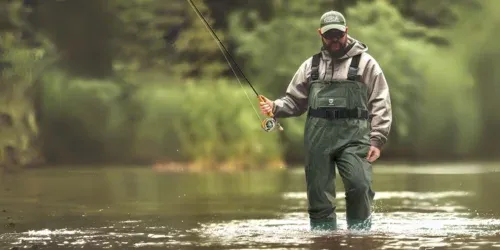
Breathable Waders
Breathable waders, often made from materials like Gore-Tex, are designed to keep you dry while allowing moisture to escape. This makes them ideal for warmer weather and long fishing trips where comfort is a priority. Breathable waders are lightweight and flexible, offering a high level of comfort and ease of movement.
While they may not provide the same level of insulation as neoprene waders, breathable waders are versatile and can be layered with other gear for added warmth. Their durability is also commendable, with many anglers reporting that a good pair can last several seasons with proper care.
Types of Waders
Chest Waders
Chest waders are the most versatile type of waders, covering your legs and torso up to your chest. They are ideal for deep waters and provide maximum protection against water ingress. Chest waders are available in both neoprene and breathable materials, allowing you to choose based on your specific needs.
These waders often come with features like adjustable suspenders, wading belts, and multiple pockets for storing gear. They are a great choice for anglers who fish in various environments and need the flexibility to wade into deeper waters.
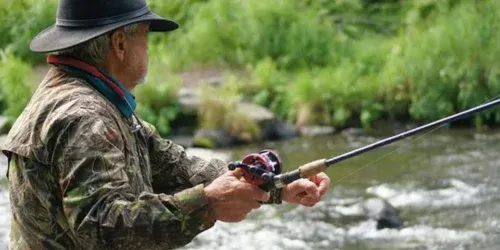
Hip Waders
Hip waders, also known as hip boots, cover your legs up to your hips. They are perfect for shallow waters and are easier to put on and take off compared to chest waders. Hip waders are typically made from rubber or PVC, making them durable and waterproof.
While they offer less protection than chest waders, hip waders are lightweight and ideal for quick fishing trips or when you don't need to wade into deep waters. They are also a more affordable option for anglers on a budget.
Features to Look For
Waterproof Material
The primary function of waders is to keep you dry, so choosing a pair made from high-quality waterproof material is crucial. Neoprene and breathable fabrics like Gore-Tex are excellent choices, each offering unique benefits in terms of insulation and breathability.
Durability
Durability is a key factor when selecting waders. Look for reinforced seams, double-layered knees, and high-quality zippers to ensure your waders can withstand the rigors of fishing. A durable pair of waders will save you money in the long run by lasting several seasons.
Comfort and Fit
Adjustable Features
Comfort is paramount when spending long hours in the water. Look for waders with adjustable features like suspenders and wading belts to ensure a snug fit. These features allow you to customize the fit of your waders, providing better comfort and mobility.
Breathability
Breathability is essential, especially in warmer weather. Breathable waders allow moisture to escape, keeping you dry and comfortable. This is particularly important for anglers who fish in hot climates or engage in strenuous activities like hiking to fishing spots.
Additional Gear
Wading Boots
Wading boots are an essential part of your fishing gear. They provide traction on slippery surfaces and protect your feet from sharp objects. When choosing wading boots, consider the type of soles (felt or rubber) and the level of ankle support they offer.
Wading Belt
A wading belt is a crucial safety feature that prevents water from filling your waders if you fall into the water. It also helps to keep your waders snug around your waist, providing better comfort and mobility.
Case Study: Neoprene vs. Breathable Waders
Neoprene Waders in Cold Weather
John, an avid angler, swears by his neoprene waders for winter fishing. He often fishes in cold rivers where the water temperature can drop significantly. The 5mm neoprene waders keep him warm and dry, allowing him to fish comfortably for hours. Despite their bulkiness, John appreciates the insulation and durability that neoprene waders offer.
Breathable Waders in Warmer Weather
Sarah, on the other hand, prefers breathable waders for her summer fishing trips. She often hikes to remote fishing spots and values the lightweight and flexible nature of breathable waders. The Gore-Tex material keeps her dry while allowing sweat to escape, ensuring she stays comfortable even in hot weather. Sarah's breathable waders have lasted her several seasons, proving their durability and versatility.
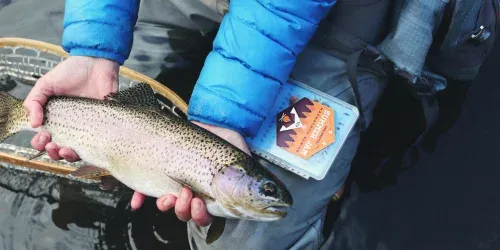
Choosing the Right Waders for You
Fishing Environment
Consider the environment where you'll be fishing. If you often fish in cold rivers or during the winter, neoprene waders are your best bet. For warmer climates or long hikes to fishing spots, breathable waders are more suitable.
Personal Preferences
Your personal preferences and comfort should also play a role in your decision. Some anglers prefer the snug fit and insulation of neoprene waders, while others value the breathability and flexibility of breathable waders. Try on different types and see which one feels more comfortable for you.
Maintenance and Care
Cleaning Your Waders
Proper maintenance can extend the life of your waders. After each fishing trip, rinse your waders with fresh water to remove dirt and debris. For neoprene waders, use a mild detergent and avoid harsh chemicals that can damage the material.
Storing Your Waders
Store your waders in a cool, dry place away from direct sunlight. Hang them up to dry completely before storing them to prevent mold and mildew. Proper storage will ensure your waders remain in good condition for years to come.
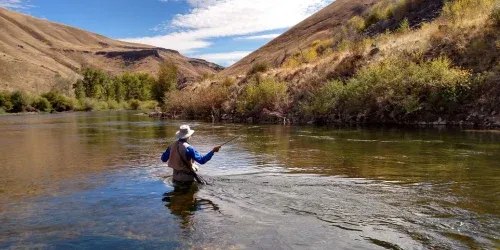
Summary
Choosing the most durable material for waders depends on various factors, including the fishing environment, weather conditions, and personal preferences. Neoprene waders are ideal for cold weather, offering excellent insulation and durability. Breathable waders, on the other hand, are perfect for warmer climates, providing comfort and flexibility. By considering these factors and maintaining your waders properly, you can ensure a comfortable and enjoyable fishing experience.

FAQs
What is the most durable material for waders?
Neoprene and breathable fabrics like Gore-Tex are considered the most durable materials for waders. Neoprene offers excellent insulation and durability, making it ideal for cold weather. Breathable fabrics provide comfort and flexibility, perfect for warmer climates.
How do I choose the right waders for my needs?
Consider the fishing environment, weather conditions, and your personal preferences. Neoprene waders are best for cold weather, while breathable waders are suitable for warmer climates. Try on different types to see which one feels more comfortable for you.
How do I maintain and care for my waders?
Rinse your waders with fresh water after each fishing trip and use a mild detergent for cleaning. Store them in a cool, dry place away from direct sunlight and hang them up to dry completely before storing. Proper maintenance will extend the life of your waders.
Related articles:
